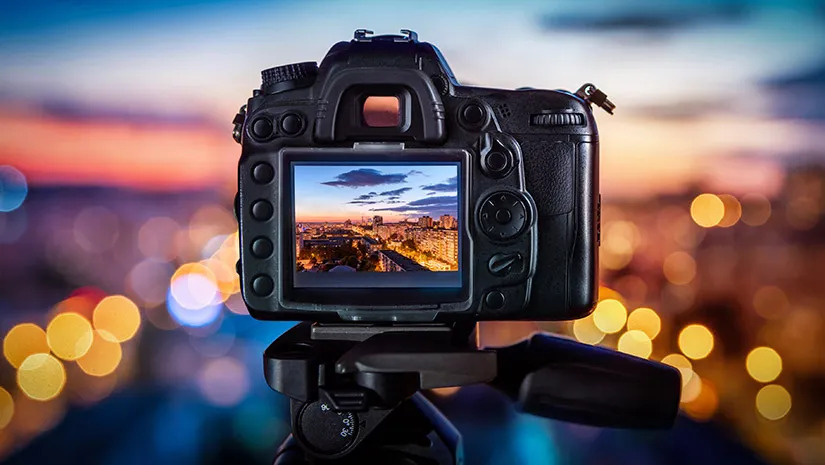As a professional photographer, you will be tasked with capturing people’s most precious moments. However, to become a professional photographer, you have to start somewhere. When you are a beginner, there will be moments when you will question whether you are capable of doing it. Yvette Heiser Texas – Capturing Life’s Precious Moments: Event Photography discusses in detail about the journey of becoming a professional photographer that people can trust.
As a beginner, here are a few tips that you can follow and integrate into your art of capturing moments and better your results:
- Learn exposure: Understanding exposure, which relates to the amount of light the camera gathers, is crucial to understanding photography. There are several components that makeup exposure, including ISO, shutter speed, and aperture. The ideal brightness for showing all the details in the highlights and shadows should be present in a properly exposed photograph.
- Aperture: The aperture in a camera regulates the amount of light reaching the camera’s sensor by altering the lens opening, much like the pupils of the human eye. The aperture also affects the sharpness, depth of field, and brightness of the picture. The maximum and lowest aperture of the lens is determined by the F-stop values, with higher numbers denoting a tighter opening and lower ones denoting a wider one.
- Shutter Speed: In photography, shutter speed signifies the duration that the camera shutter is left open to catch the light. Shorter periods produce darker photographs, whereas longer times lead to brighter images, which has an important effect on exposure. Shutter speed affects camera steadiness, the requirement for a tripod, and the ability to capture the action.
- ISO: Photography exposure is impacted by ISO because it increases the amount of light that the camera sensor can catch. Images with higher ISO values are brighter than those with lower ISO values, which are darker. But raising ISO also results in digital noise, which impairs image quality. The best ISO settings vary depending on the amount of light present; larger numbers are required in low-light or nighttime conditions, as well as when utilizing small apertures or quick shutter speeds.
- Depth Of Field: The area of a picture that appears crisp and in focus is referred to as the depth of field. It is influenced by a number of variables, including sensor size, focusing distance, focal length, and aperture. Shallower depths of the field are achieved by wider apertures as well as lengthier focal lengths and nearer objects.
Conclusion As a beginner in photography, you should take your time to find your style, whether you like event photography, landscape photography or something else. Yvette Heiser talks about-How Photography Has Evolved Over the Years in their blog, and you might find it helpful to advance your career as a professional photographer. If you are still unsure what type of photography suits your idea and creativity the best, you try a few types and figure out what you enjoy the most.


One Reply to “Yvette Heiser Texas – The Art of Seeing: Mastering the Basics of Photography”